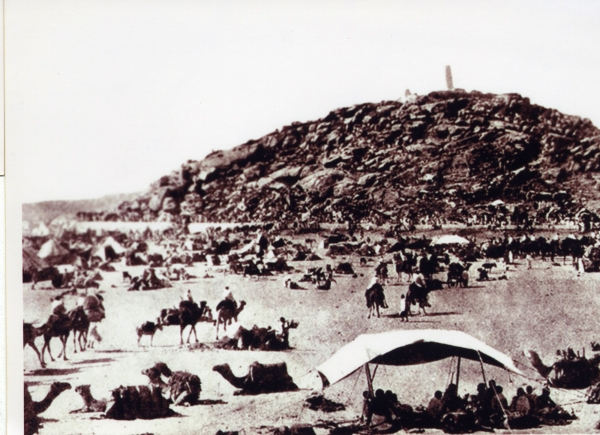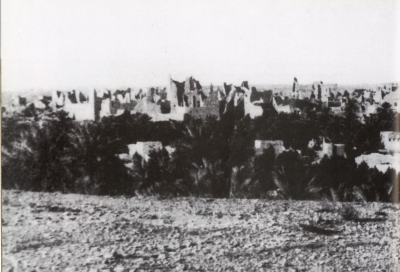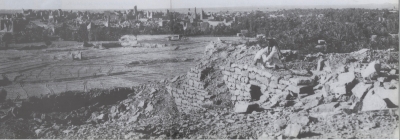

Security of Hajj in the First Saudi State refers to the security measures made by the First Saudi State in the two Holy Cities, Makkah al-Mukarramah and al-Madinah al-Munawwarah, and the roads leading to them for performing Hajj, Umrah, and visitation rituals. These measures were applied during the state's control of Hejaz, where it was also keen on providing other services to pilgrims.
Dangers of the Hajj routes before the First Saudi State
Hajj caravans were exposed to several dangers on their way to the Holy Cities. These dangers included raids on these caravans by invaders, looting, plunder, and attacks against pilgrims, which could sometimes cause their murder. Dangers also included security compromise due to occasional political disputes between the rulers of Makkah al-Mukarramah and al-Madinah al-Munawwarah, as well as weather-related factors, including extreme heat or cold, water scarcity, unpaved roads, and disputes with camel owners who rented the caravans, potentially causing robbery and murder. The number of pilgrims recorded a decline during the years following those witnessing attacks on Hajj caravans on the roads leading to Hejaz.
Hajj security measures in the First Saudi State
The First Saudi State controlled Hejaz for a few years, as of 1805. Imam Saud Bin Abdulaziz succeeded at instilling security in Makkah al-Mukarramah and al-Madinah al-Munawwarah and the roads leading to them which were under his control upon applying several measures. These arrangements included tightening control over Hejaz, personally taking part in performing Hajj rituals annually, while accompanied by a military force, and deploying Saudi garrisons throughout the Hajj routes, namely in the regions between Makkah al-Mukarramah and al-Madinah al-Munawwarah, ultimately eradicating bandits and maintaining the security of roads during the Hajj rituals season. Measures also encompassed establishing relations with the tribes residing on these routes, aimed at instilling strict or smooth measures to secure the Hajj caravans and prevent their exposure to dangers, obtaining taxes therefrom, or extorting them. Fortresses, castles, and palaces, located throughout the Hajj routes, namely those in Jeddah, Makkah al-Mukarramah, and al-Madinah al-Munawwarah, were renovated. Goods were supplied, ultimately causing prices to decrease, and potable water was provided to the residents of Makkah al-Mukarramah and al-Madinah al-Munawwarah, as well as pilgrims. Ensuring the security of pilgrims was not restricted to those taking land routes only, but also covered those arriving by sea, through ports, ultimately contributing to increasing the number of Hajj caravans.
Related quizzes
Related articles

